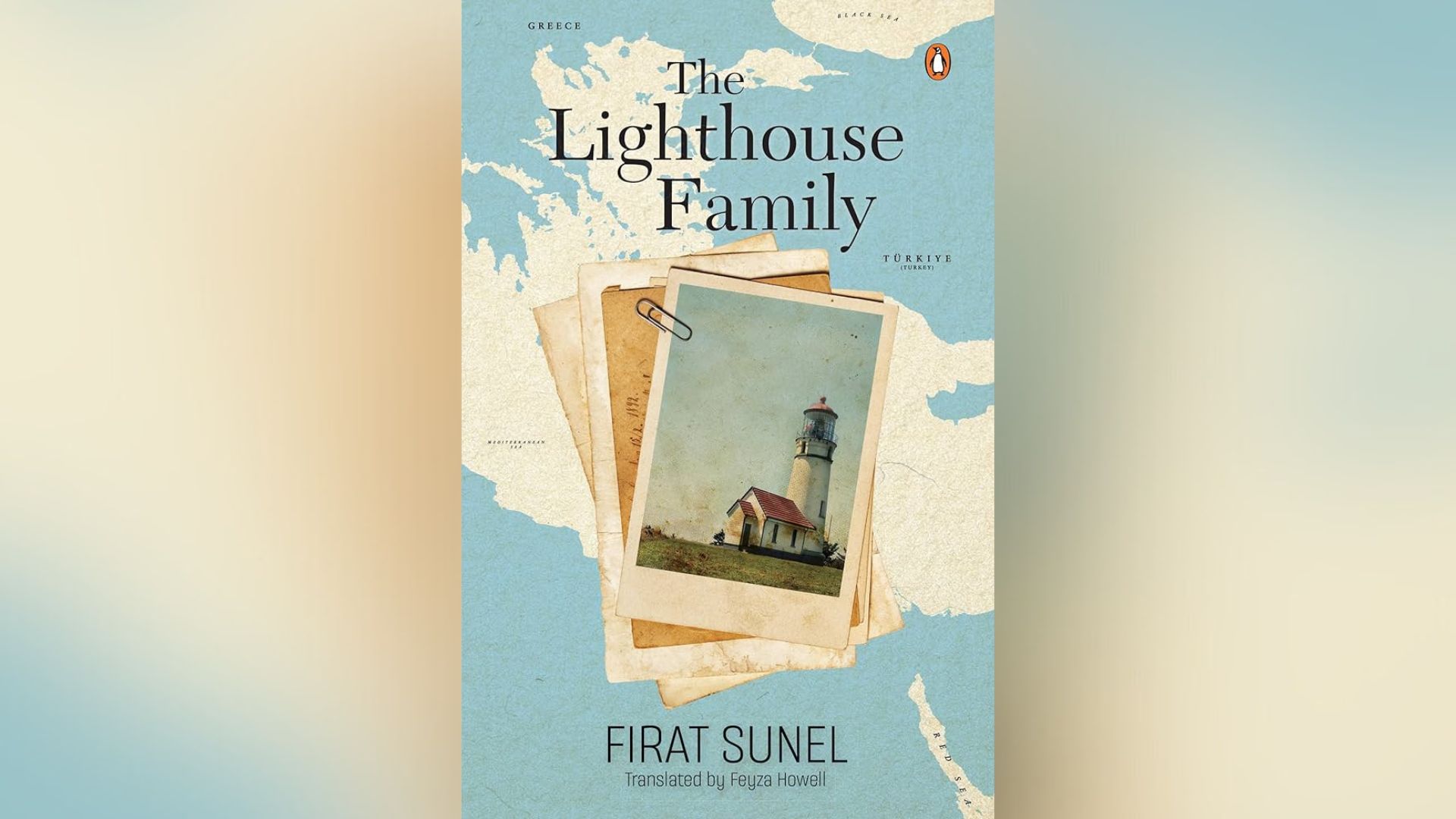
There have been many books set around the lives of people during wars, dealing with their struggles and combats, where war plays a pivotal role like any other character. This is precisely what Firat Sunel’s “The Lighthouse Family” deals with. It is a journey where family love, insecurities, mature psychology as a child, studying while working for family earnings, siblings’ love and connection, emotional attachments, sorrow, and the void of losing someone. Which compels us to respect our privileges. We see K’s world through his lens, where we are transported into a world where the innocence of childhood is juxtaposed against the harsh realities of life, including the family’s financial hardships and the child-father’s rough relationship. The historical fiction story revolves around World War II, though Turkey wasn’t in the war but was hit by poverty due to the war. It is the story of a small family that owns a lighthouse and their survival journey during the war. A house where initially four children took the war situation like a game, but eventually it affected their lives. We see how the protagonist is at a crossroads, where he’s supposed to choose between education and looking after the lighthouse. But little did he know that this decision would alter his life completely in a disastrous way. Though the story is not about war but about the impact of war on a family that lives at a lighthouse in Turkey, it certainly touches upon the struggle of immigrants, loneliness, and homesickness, and it deals with family relational cohesion. Apart from war, the other character that wasn’t living but played a major character was a light house. In the Sunel lighthouse family, the light house symbolises loneliness since this family is living away from the modern world, and, as the narrator says in the end, “the worst thing that you can fill with is emptiness.” Every family member has a distinct character, like the abusive father and the clash between father and mother, supportive sisters, and comfort and generosity from the mother. Bright student K has the potential to study at a big institute, but his brother Ilyas’s bad health and his family’s financial struggle forced him to work and didn’t allow him to study. But the women in the family, including his mother and sister, are supportive and help him sit for the exam. So, there is a spectrum in relationships with different family members. The book beautifully tells us the transformation story of a child who experiences exile and displacement in his life and how he manages to navigate his way. There are stories in stories, so it’s a multiple-fold story, and we experience different paradigms of different bonds within family, the human spirit, introspection, and loneliness. It is a tough story—a story of war, poverty, dis placement, and exile—and yet Sunel chooses to tell it through the prism of a child. Usually, in life, the voice of a child is always unheard; their preferences and concerns are always compromised because it is always the elder of the family who decides how a child should live their lives, and most of the time, even what emotions they should experience is being decided by the elders of the family but literature always give voice to unheads. Maybe that is the rea son many painful, ambitious stories are being told from children’s points of view, like ‘Lihaaf’ by Ismat Chughtai dealing with homosexuality or Persepolis by Marjane Satrapi talking about the Iranian war with the message that the ruler doesn’t represent the ideology of its regime. Similarly, Sunel’s ‘The Light House Family’ talks about the impact of war on suffering in a country that doesn’t participate in the war, yet it was affected through the prism of a child. The book beautifully portrays the life journey of K. K.’s journey and shows the indomitable human spirit and resilience of the human heart to navigate through the storms of challenges. A beautifully executed historical fiction in merely 178 pages that has a lot to offer with words wisely chosen. A poignant and literary fiction, weaving a heartfelt tale of family and siblings bonding and navigating their way during a situation like war.